LEE KRASNER (1908-1984)
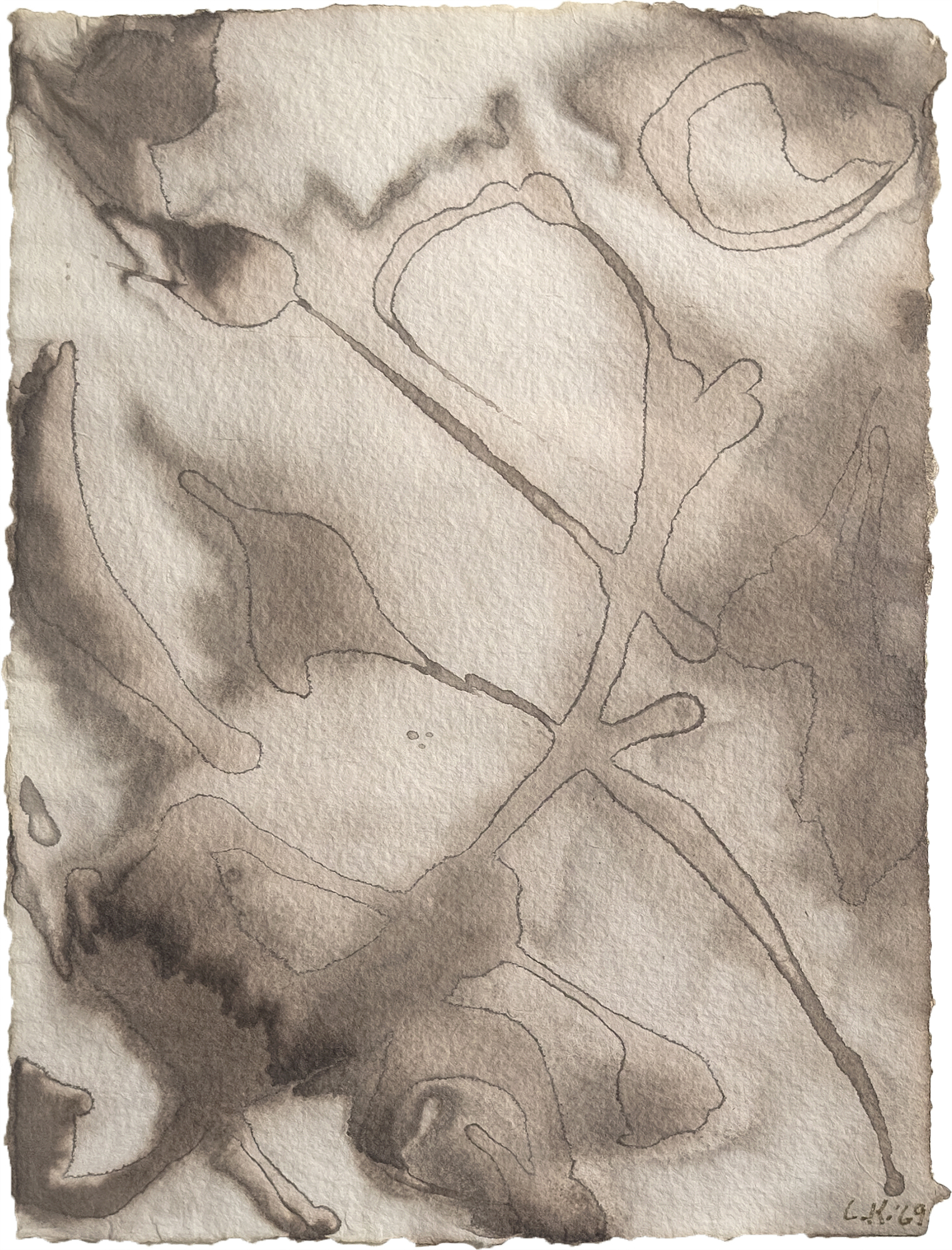
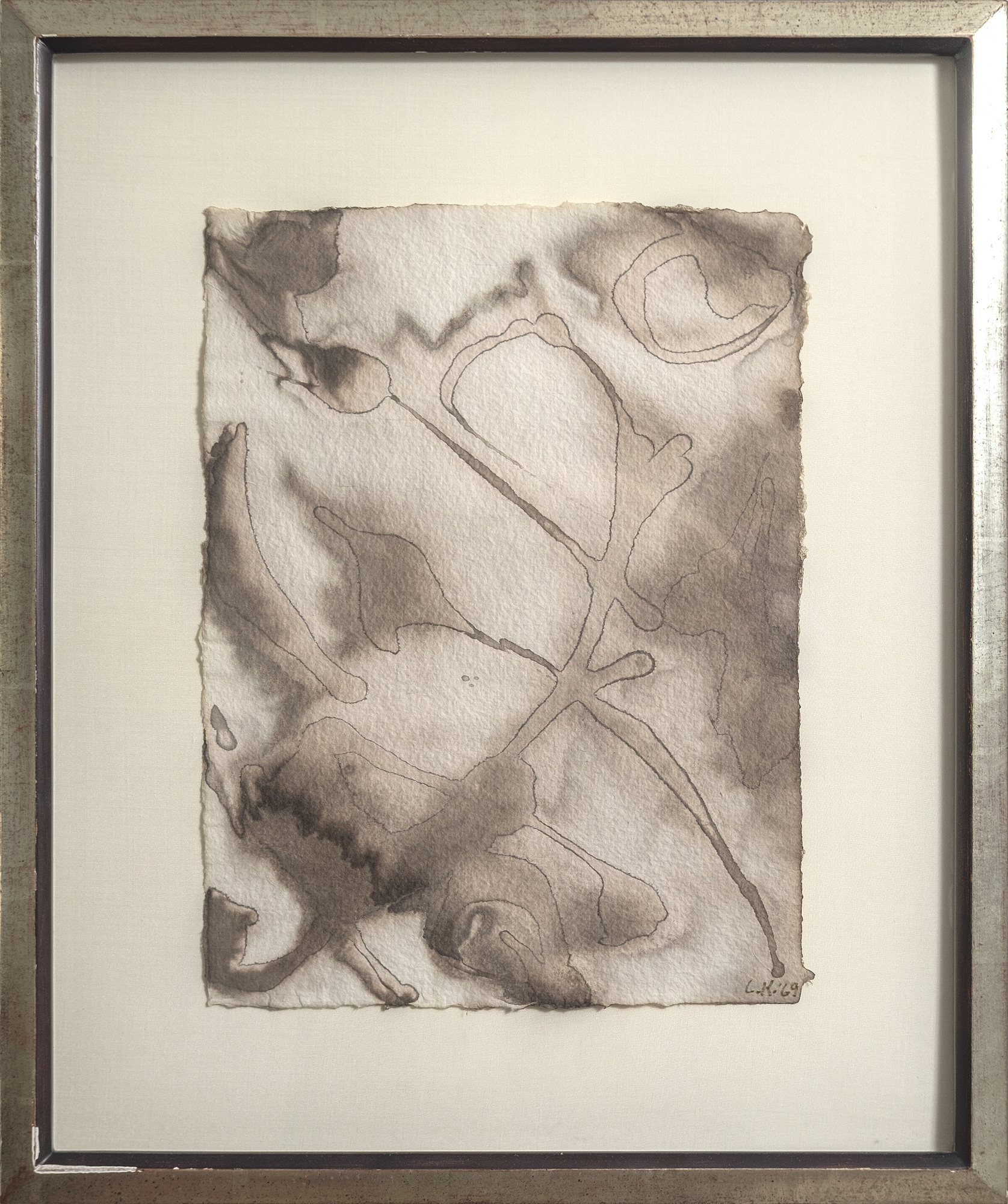
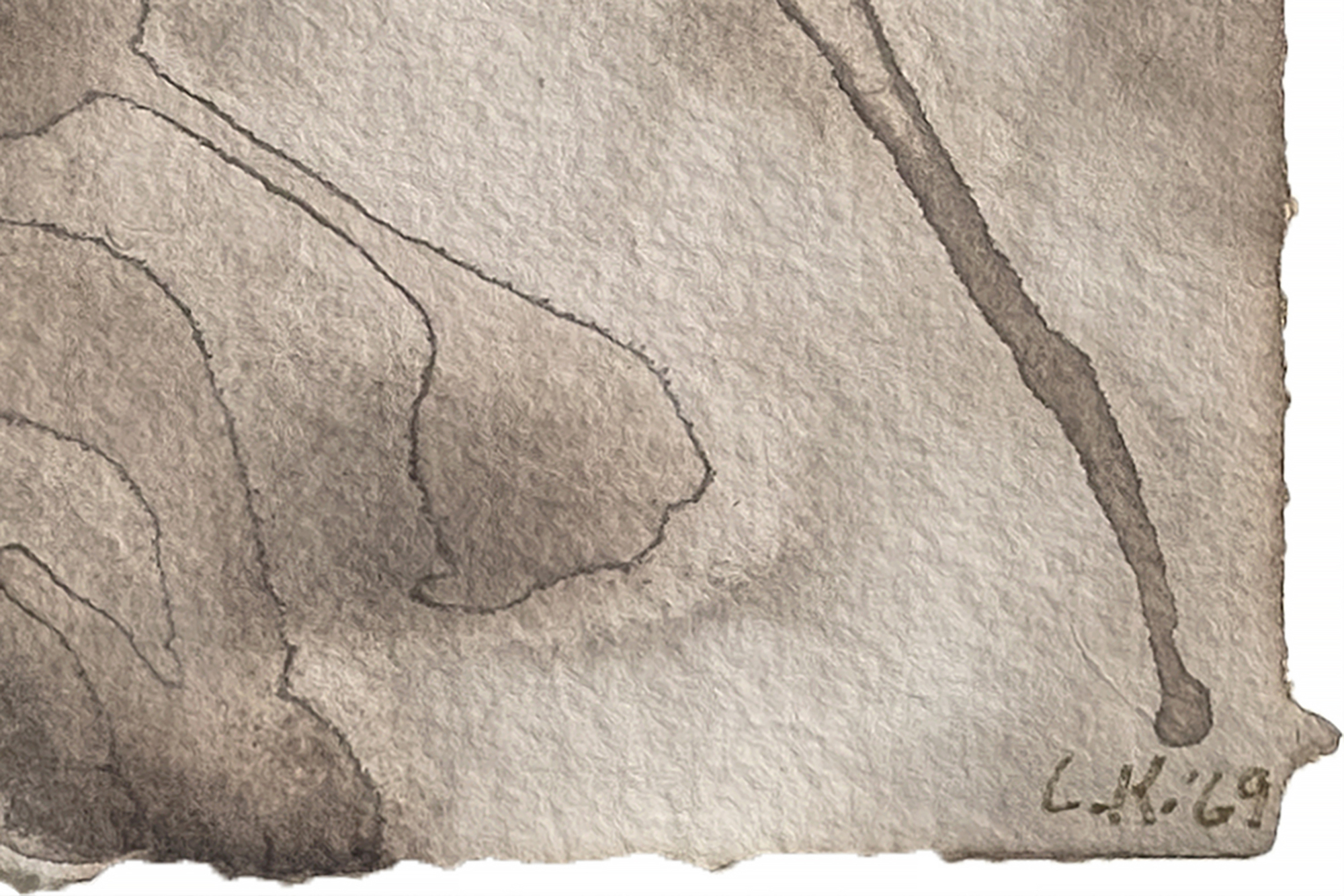
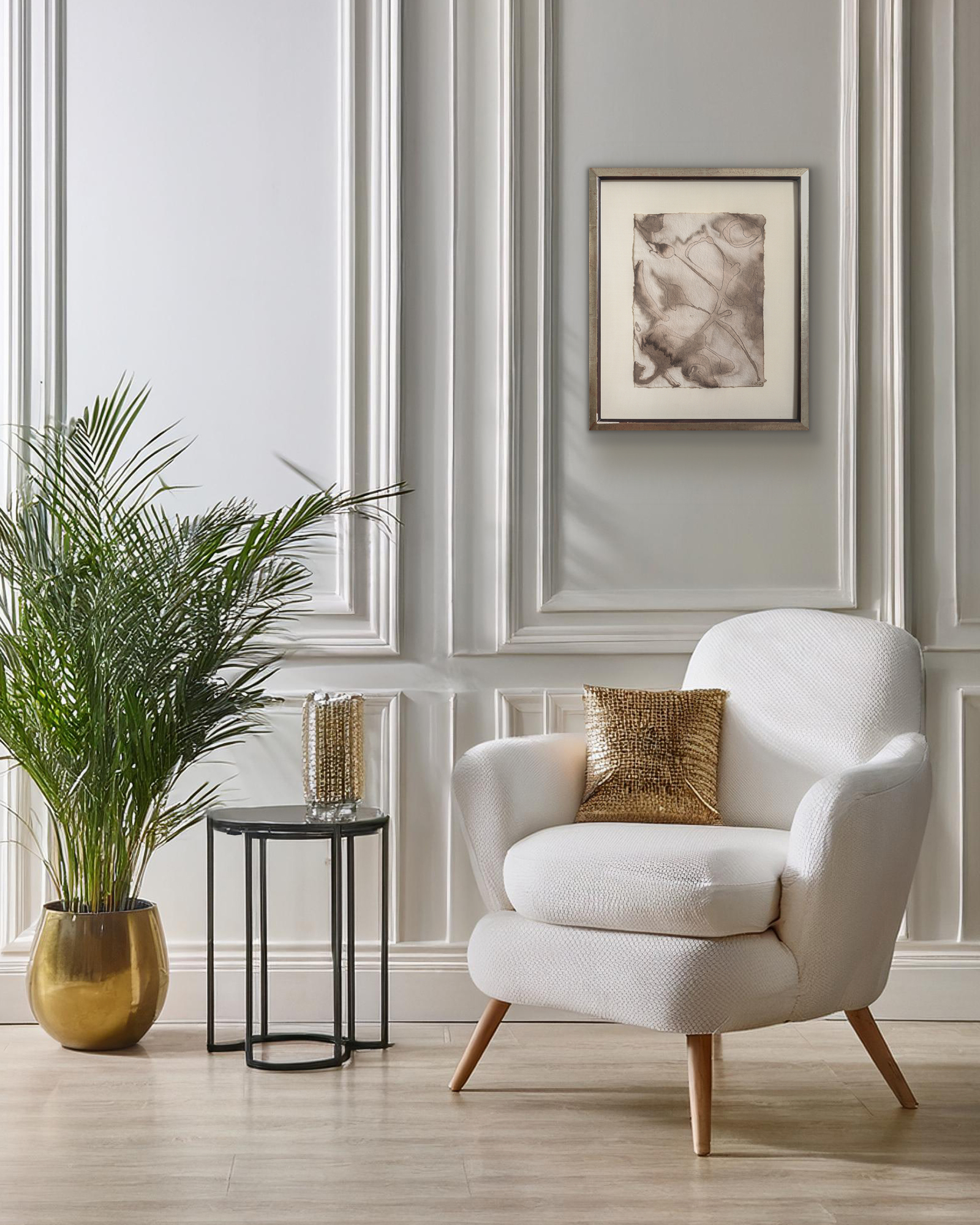
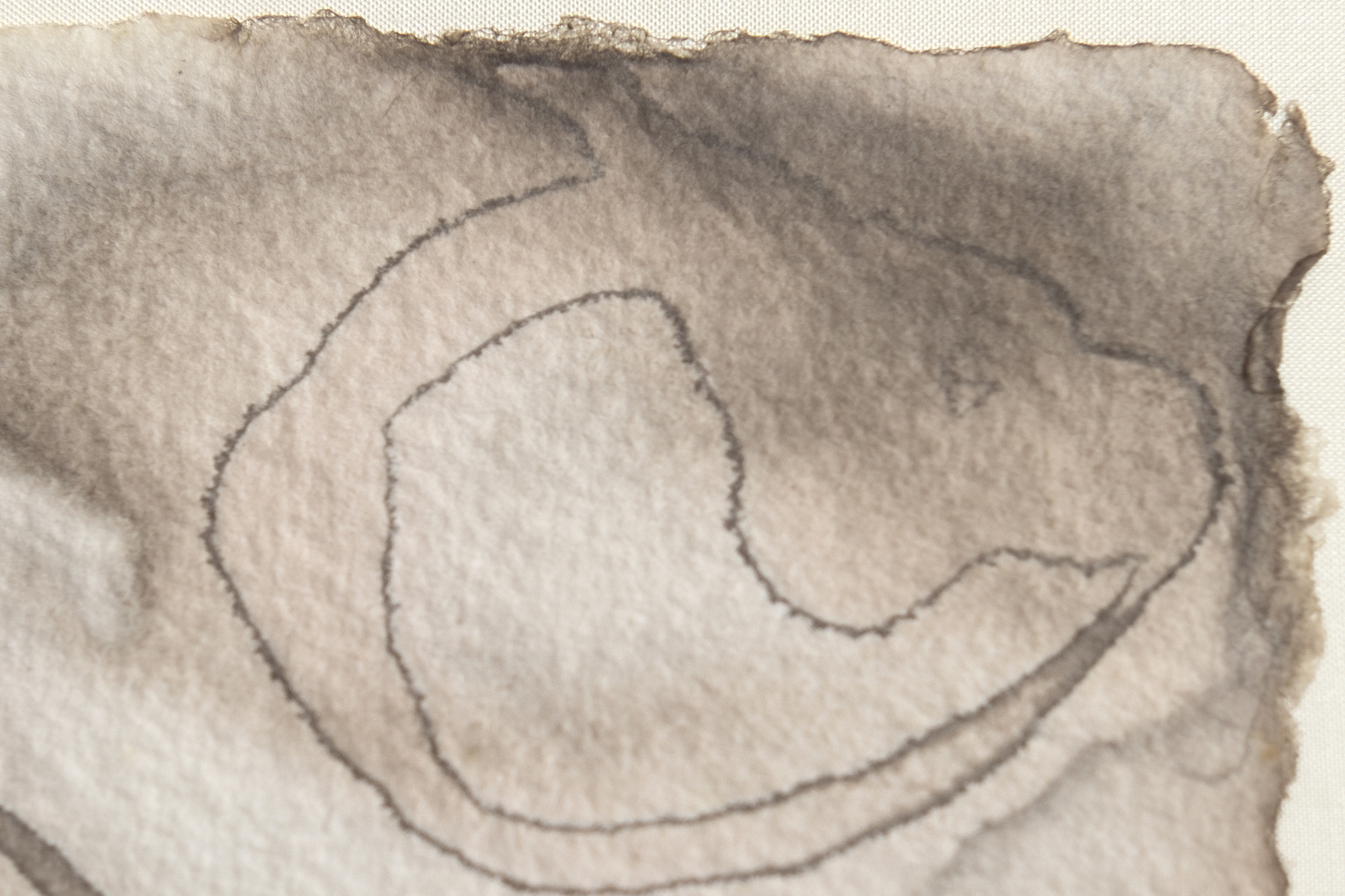

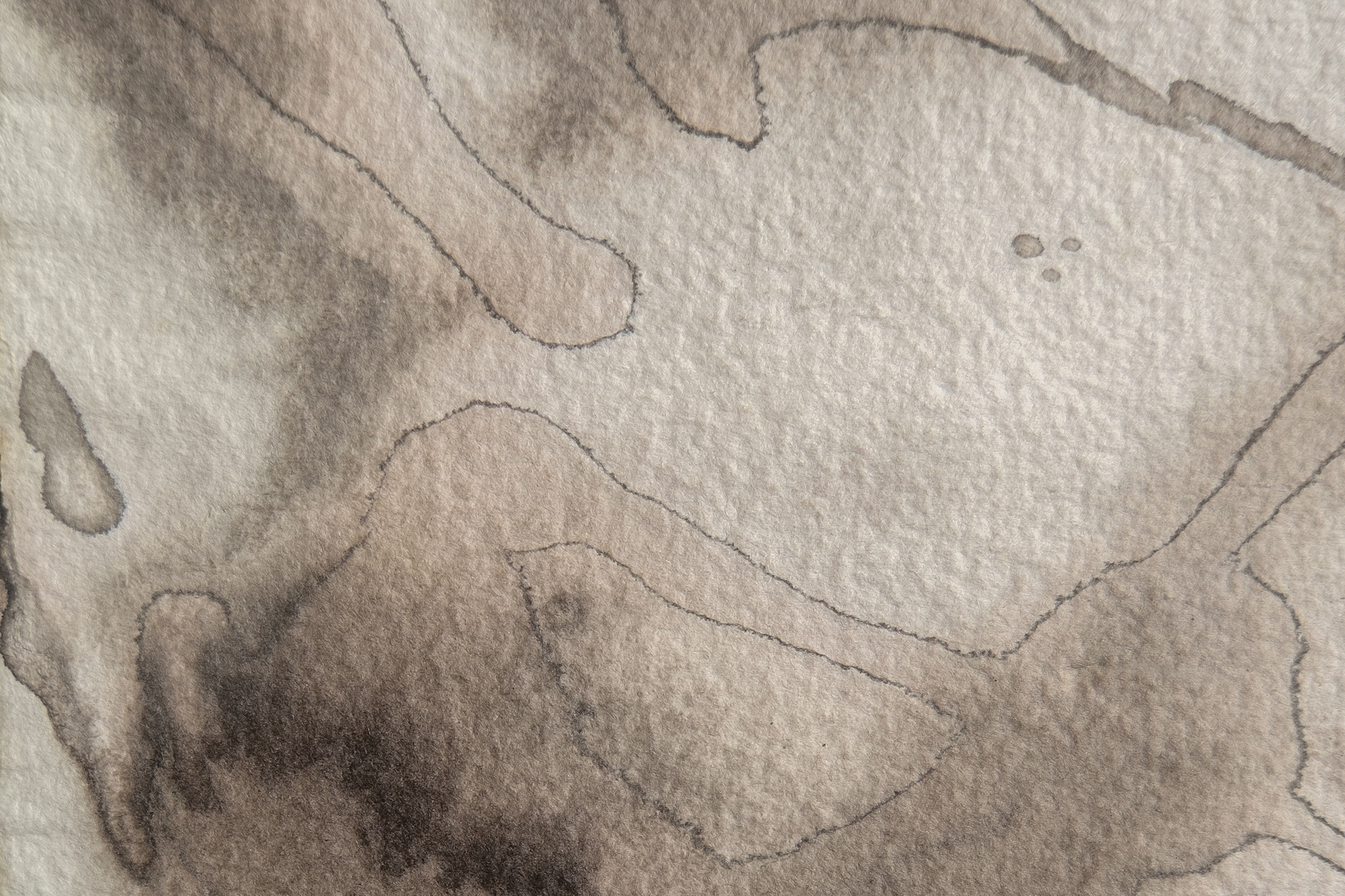
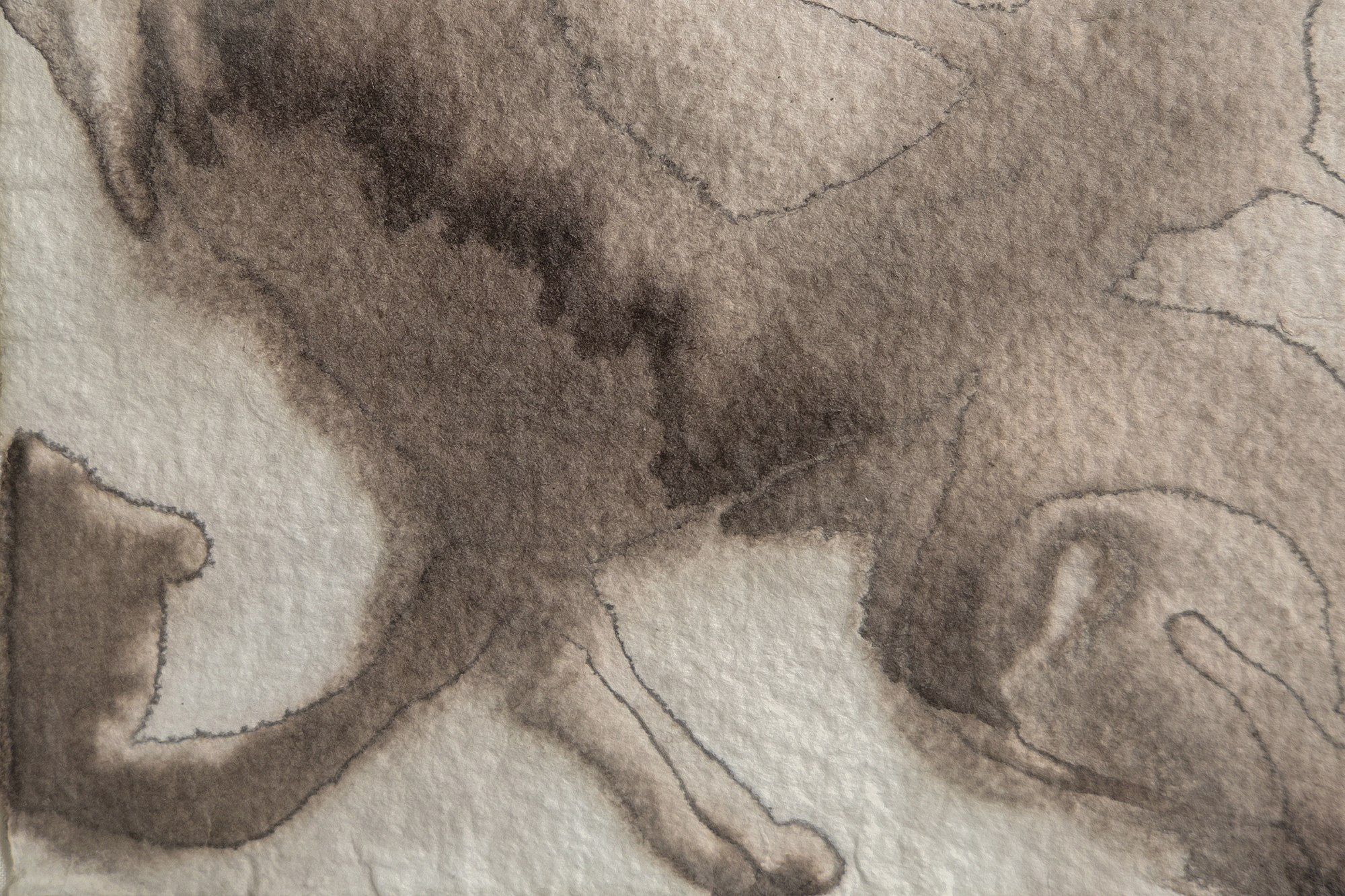
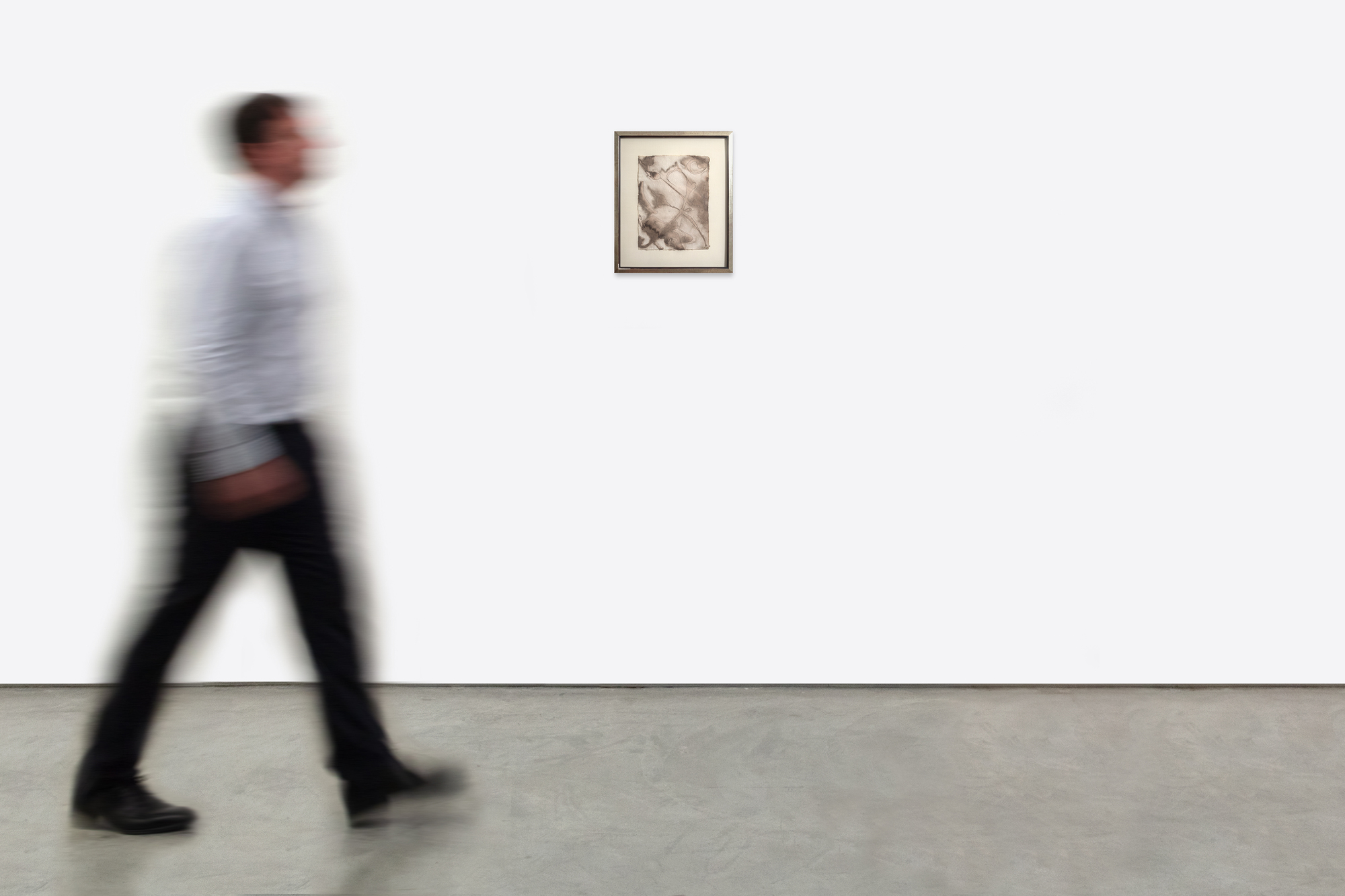
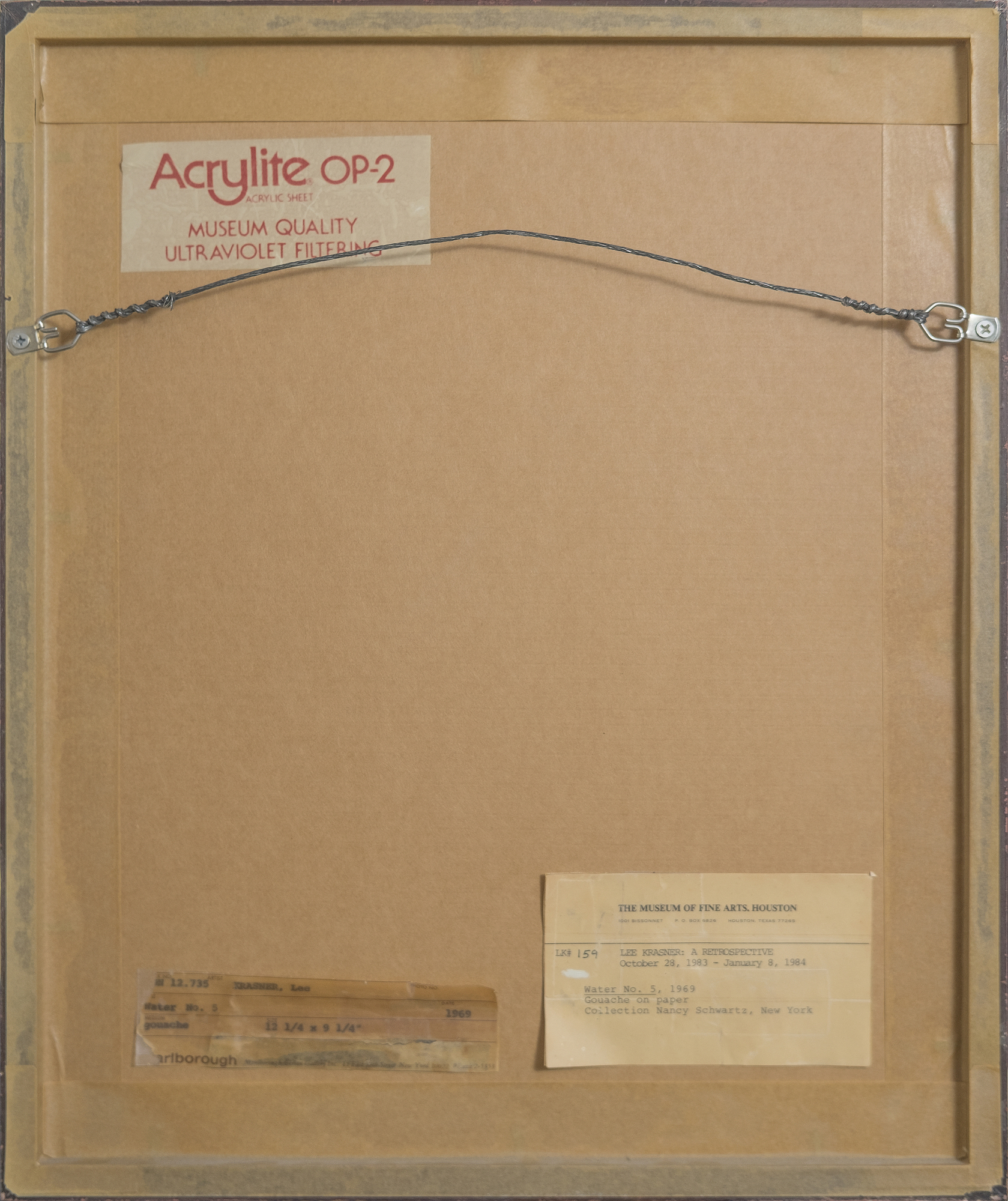
Provenance
Galerie MarlboroughCollection privée, acquise auprès de la personne susmentionnée, c. 1970
Collection privée
Littérature
Landau, Ellen G., Lee Krasner : A Catalogue Raisonné, New York : Abrams, 1995, p. 254, illus. 511Cataloguée comme "gouache sur papier", la transparence patente d'œuvres telles que "Water No. 5" suggère que Krasner a utilisé des techniques d'aquarelle traditionnelles pour créer les effets plus denses et opaques souvent associés à la gouache. Les artistes peuvent obtenir une telle opacité dans l'aquarelle en augmentant le rapport pigment/eau, en superposant des lavis translucides pour donner de la profondeur, ou en utilisant des pigments naturellement enclins à la granulation et à la saturation. Le papier Howell choisi par Krasner, connu pour sa "dent" moyenne à rugueuse, renforce également ces effets, car sa texture disperse la lumière pour donner aux pigments une apparence plus solide. Ces techniques démontrent la maîtrise de Krasner de ses matériaux et son approche intuitive et pratique de l'expérimentation, lui permettant d'étendre les possibilités expressives de l'aquarelle sans dépendre uniquement de la gouache.
Krasner n'était pas la seule à trouver son inspiration dans le paysage de Long Island. Son voisin, Willem de Kooning, a lui aussi réagi à la vitalité du littoral, dont il a traduit les rythmes ondulants dans ses œuvres des années 1960. Pour Krasner, cependant, la série "Water" manque de références figuratives, reposant uniquement sur sa capacité à capturer l'énergie transformatrice de la nature par le biais de l'abstraction. Avec "Water No. 5", Krasner a réalisé une synthèse profonde de la technique et de la vision, fusionnant le pouvoir méditatif de son environnement avec l'énergie dynamique de sa pratique artistique, soulignant sa position de pionnière dans l'art américain de l'après-guerre.


